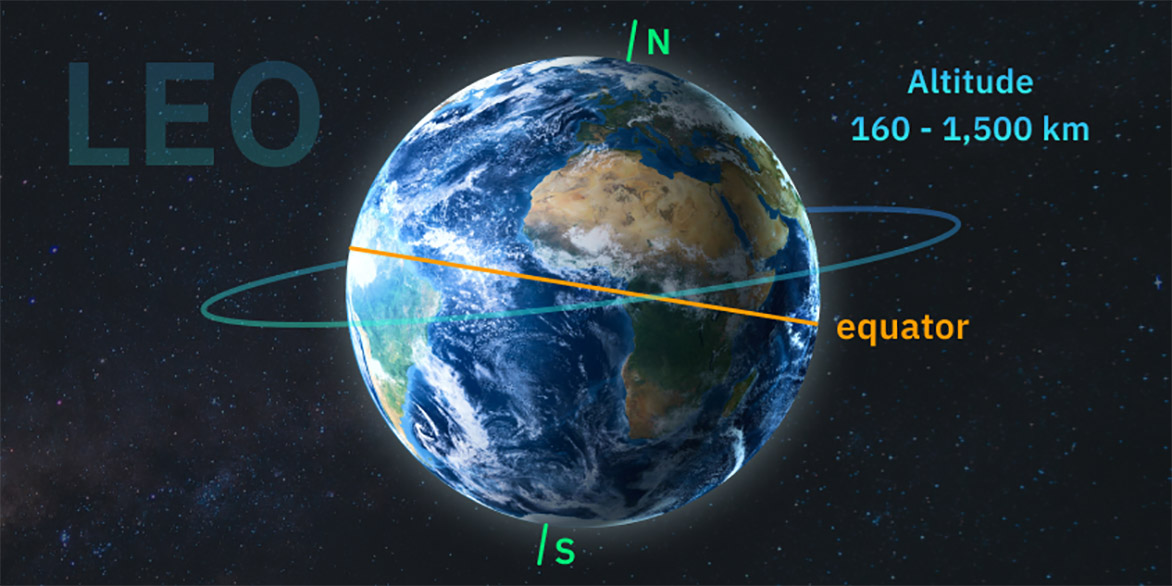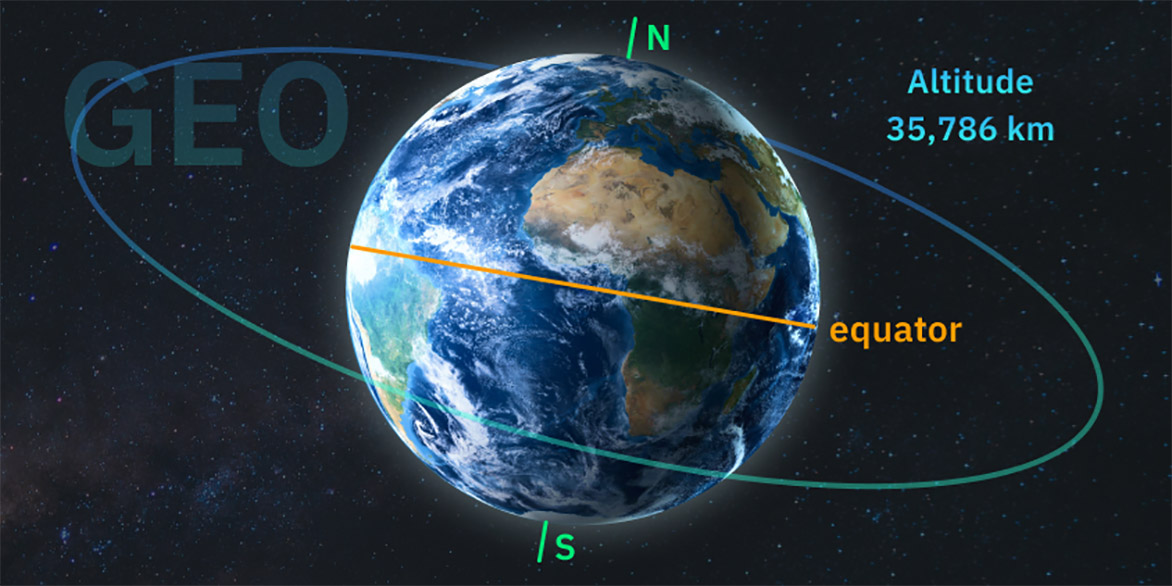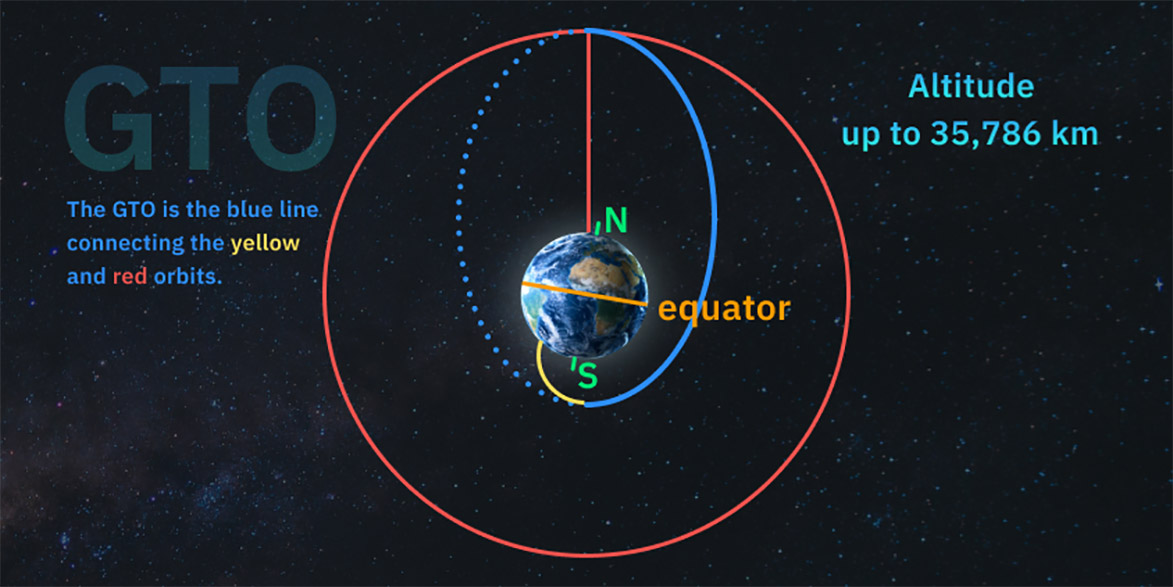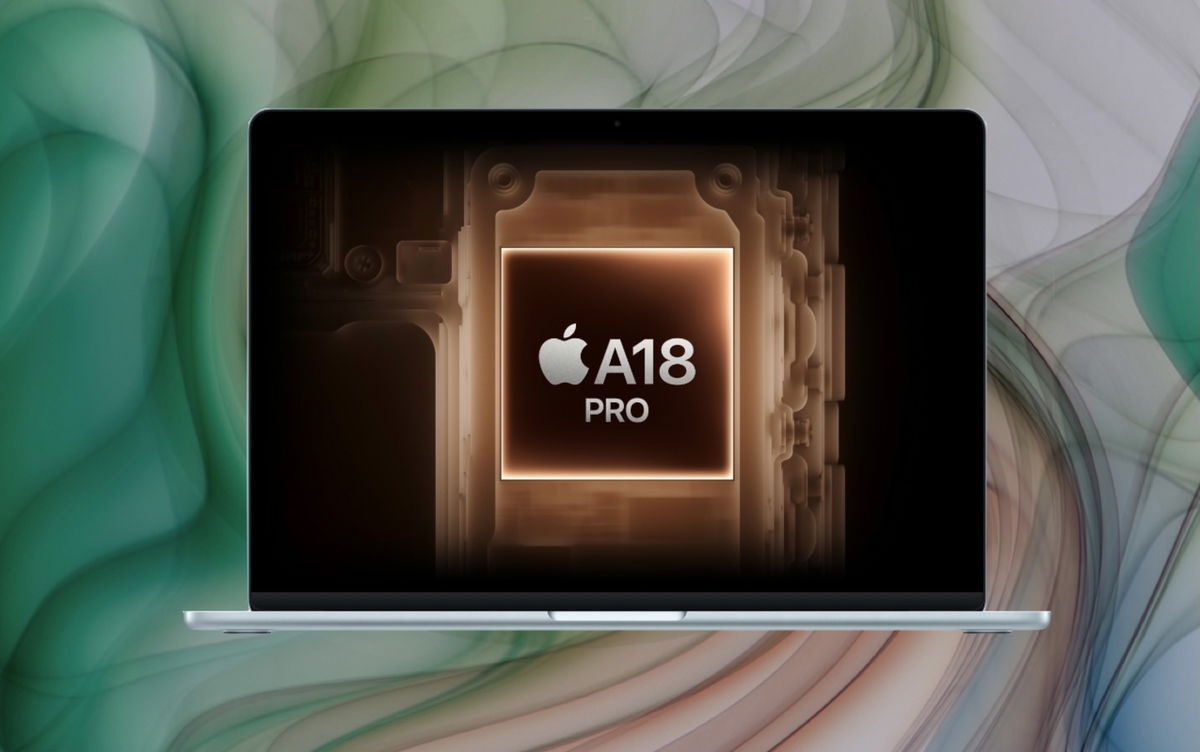When the Soviet Union launched the first artificial satellite called Sputnik 1 on October 4, 1957, no one could have guessed that this metallic sphere, 58 cm in diameter and 83 kg in weight, would launch. into a profound cycle of change in the way we live and communicate. Today, these objects form constellations in Earth’s atmosphere.
As time passed, this Cold War achievement – transmission of a radio signal that can be received anywhere in the world – multiplied by countless functions and applications. Constructed today in various types and sizes, these orbital objects serve many different purposes, such as connecting people in distant places, mitigating disasters, learning about the planet, and breaking new technological frontiers.
Orbits: Why don’t satellites fall?
The reason satellites do not fall to Earth is because they are in orbit around the planet. that means stay on the move around the world due to the so-called gravitational interaction. Since their formulation in the 17th century, Kepler’s laws have explained that objects with mass in space are mutually attracted by gravity.
If this gravitational force is strong enough, the two objects may begin to orbit each other, or In the case of small objects like satellites, the smaller ones revolve around the larger ones.. For example, our natural satellite, the Moon, orbits the Earth, but in this relationship we are not completely undamaged as our planet is also pulled by the Moon (see tides).
Logically, in the case of satellites, orbital velocity and orbital altitude would play a fundamental role in keeping the gravitationally curved orbit stable. For this, the launch of the device on a rocket must occur at a certain speed and at the correct height, so that Earth’s gravity compensates for the centrifugal force produced by the movement of the satellite.. See the main types of satellites based on their orbits.
LEO: satellites in low Earth orbit

Orbiting at an altitude of 160 to 1,500 kilometers above the Earth’s surface, LEO satellites have a short orbital period of 90 to 120 minutes; It can circumnavigate the globe up to 16 times a day. They are ideal for observing the planet as seen in constellations or monitoring changes in climate, environment and landscape to provide high-speed, low-latency communication coverage, internet.
MEO: satellites in middle earth orbit

At higher altitudes – between 5,000 and 20,000 kilometers above the Earth’s surface – MEO satellites serve a variety of purposes, such as providing positioning, navigation and timing information to users around the world. With an orbital period of two to 12 hours, MEOs require fewer devices for worldwide coverage, but their signal is weaker.
GEO: satellites in fixed orbit

Because their orbital periods are exactly the same as Earth’s, GEO satellites appear stationary when viewed from the ground: 23 hours, 56 minutes, and 4 seconds. Its fixed location at an altitude of about 36,000 kilometers is ideal for meteorology, monitoring the weather in certain regions, as well as for constantly active communication services such as TV and telephone.
SSO: Satellites in synchronous orbit with the sun

This type of Sun-synchronous orbit runs north to south along Earth’s poles, 600 to 800 km above Earth. orbital inclination and altitude these spacecraft pass through a specific place on the planet at exactly the same solar time. The resulting sequences of images make it possible to analyze the weather, predict hurricanes, monitor and prevent forest fires and floods.
GTO: Satellites in Geostationary Transmission Orbit

Reaching an altitude of about 36,000 km above the Earth’s equator, GTOs are normally used to place satellites in GEO orbit, because such spacecraft are not always set directly into final orbit when transported into space by Falcon 9-type rockets. stay in elliptical orbit until they use their thrusters to make the orbit circular and become the GEO.
Source: Tec Mundo
I’m Blaine Morgan, an experienced journalist and writer with over 8 years of experience in the tech industry. My expertise lies in writing about technology news and trends, covering everything from cutting-edge gadgets to emerging software developments. I’ve written for several leading publications including Gadget Onus where I am an author.











